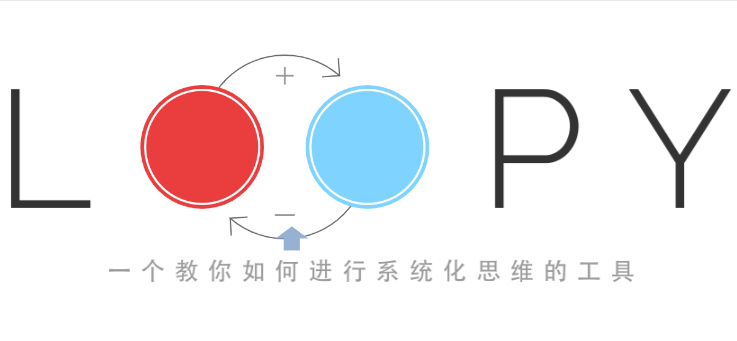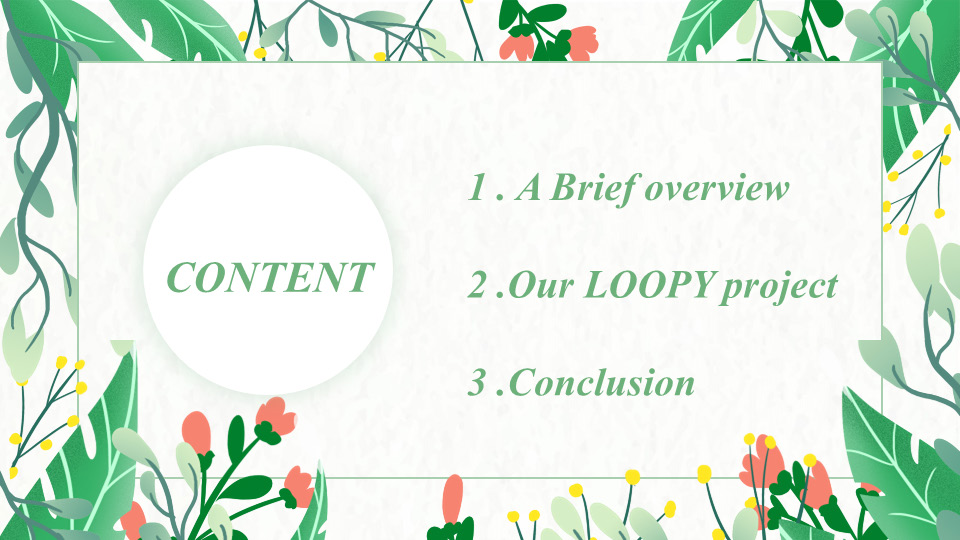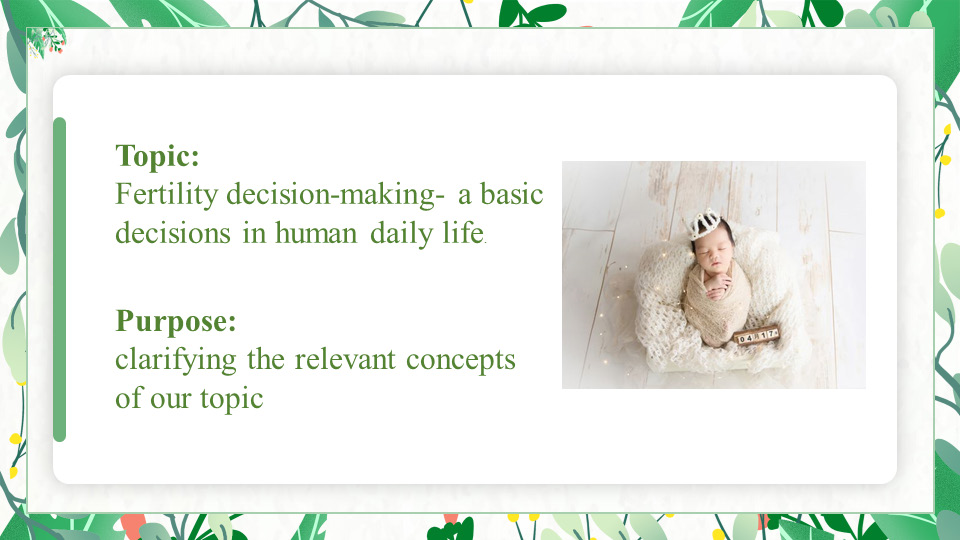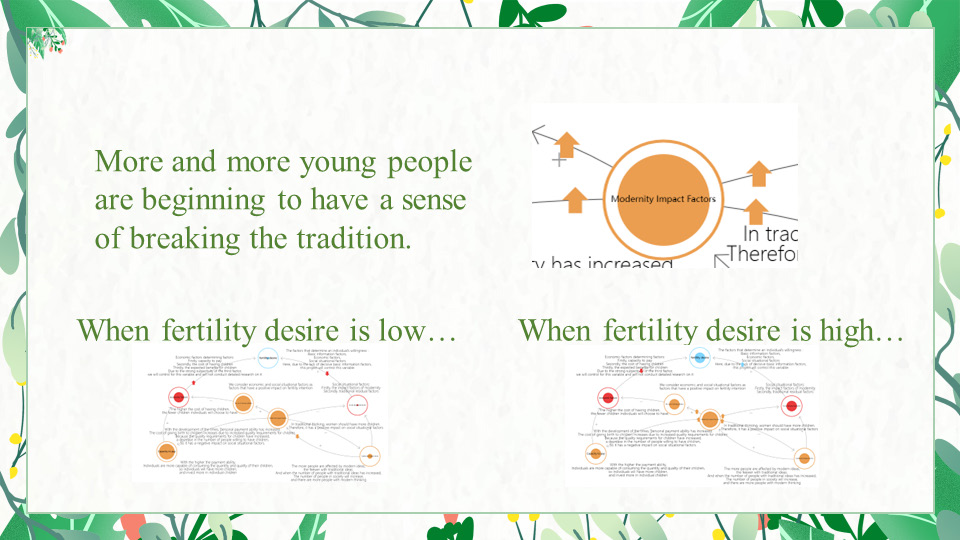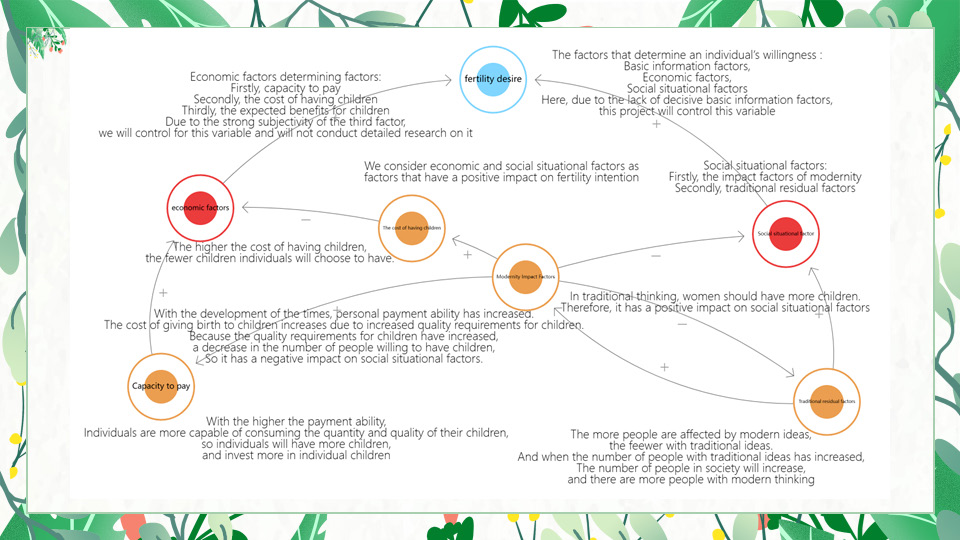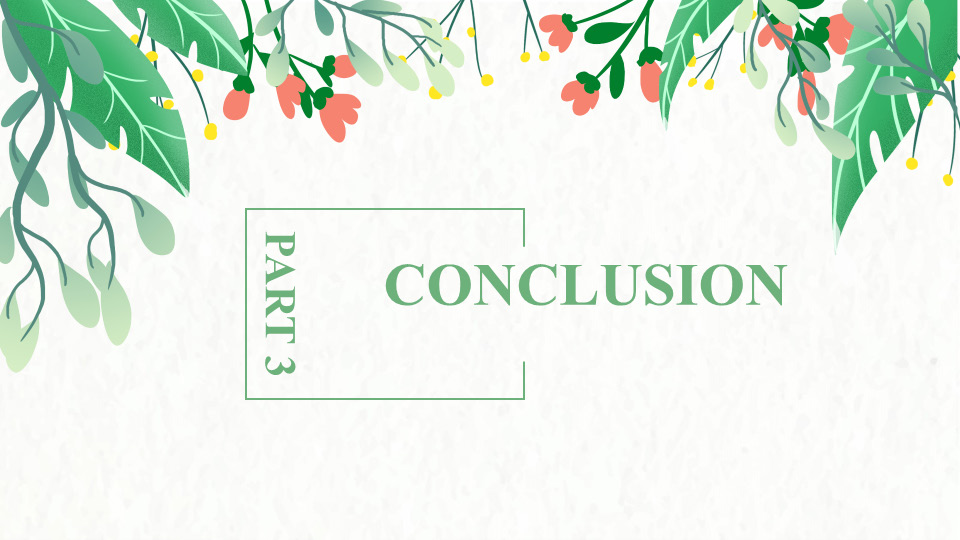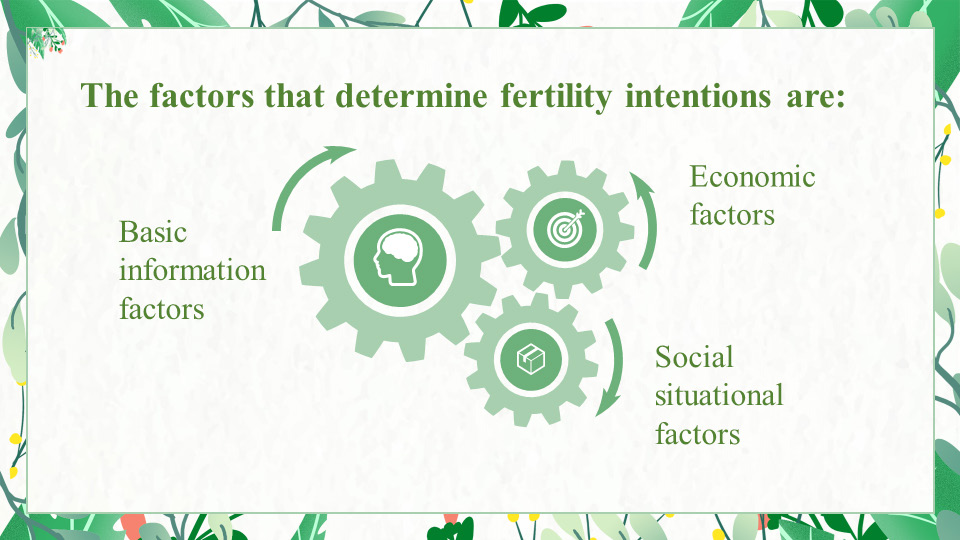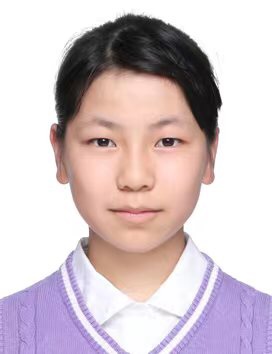
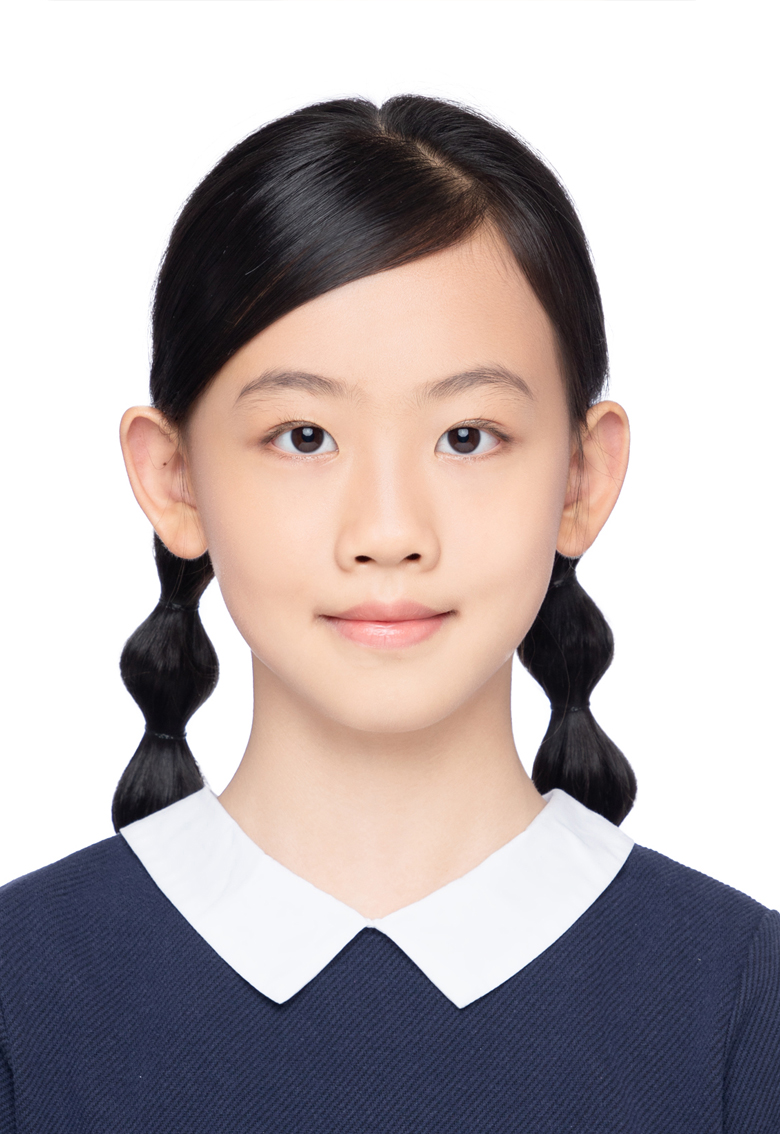
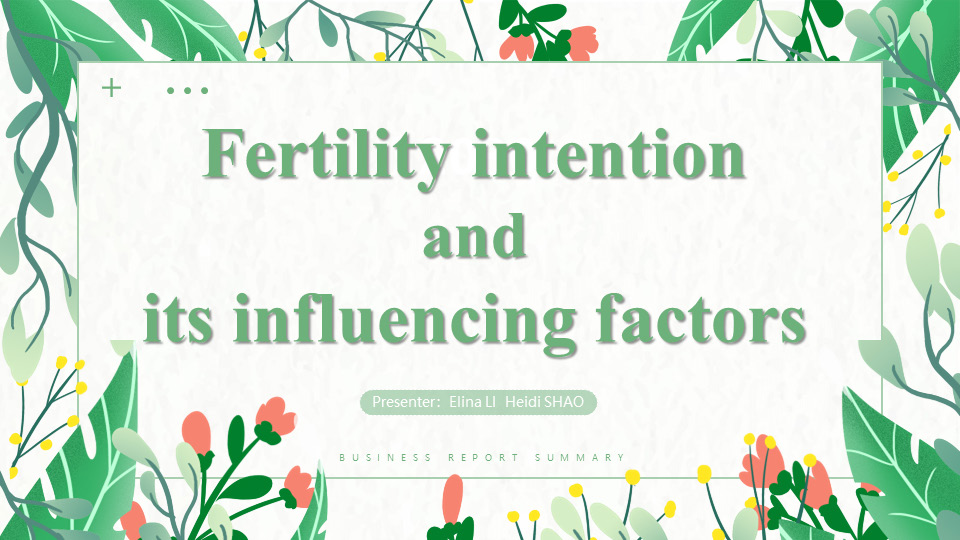
Hello everyone, I’m Elina.
大家好,我是Elina。
I’m Heidi.
我是Heidi。
Nowadays, Fertility intention has become a sensitive topic. So,
what are people's opinions on this and what changes have been brought by
constantly changing policies?
This speech will provide a detailed introduction to fertility
intention and its influencing factors, helping you to understand this social
phenomenon.
如今,生育意愿已成为一个敏感话题。那么,人们对此有什么看法?不断变化的政策带来了什么变化?本次演讲将详细介绍生育意愿及其影响因素,帮助大家了解这一社会现象。
Our speech consists of three parts: the brief overview, the
explanation of our LOOPY project and the conclusion part.
我们的演讲包括三个部分:简要概述、对我们的LOOPY项目的解释和结论部分。
First, let’s make a brief overview on our topic. As mentioned,
fertility decision-making is one of the basic decisions in human daily life. We
started our thinking on reproductive behavior based on the assumption of
economic. On the basis of clarifying relevant concepts, this project integrates
and further studies the economic factors of fertility proposed by several
scholars.
首先,让我们简要概述一下我们的主题。如前所述,生育决策是人类日常生活中的基本决策之一。我们是在有经济条件的基础上开始思考生育行为的。本项目在厘清相关概念的基础上,对几位学者提出的生育率的经济因素进行了整合和深入研究。
Now let’s see our LOOPY project!
We’re now starting a new era, more and more young people are
beginning to have a sense of breaking the tradition, so these factors are
constantly increasing.
现在让我们来看看我们的LOOPY项目!
我们现在开始了一个新的时代,越来越多的年轻人开始有打破传统的意识,所以这些因素在不断增加。
The LOOPY look like this when the fertility desire is decreasing,
while it looks like this when the fertility desire is increasing.
当生育欲望降低时,LOOPY看起来是这样的,而当生育欲望增加时,它看起来是这样。
Let me tell you how we build the project!
让我告诉你我们是如何建设这个项目的!
There are three factors that determine an individual’s willingness:
they are basic information factors, economic factors and social situational
factors. Here, due to the lack of decisive of basic information factors, this
project will control this variable. And we can consider economic and social
situational factors as factors that have a positive impact on fertility
intention.
决定个人意愿的因素有三个:基本信息因素、经济因素和社会情境因素。在这里,由于基本信息因素缺乏决定性,本项目将控制这一变量。我们可以将经济和社会情境因素视为对生育意愿有积极影响的因素。
There are also three factors which can determine the economic
factors:
The cost of having children, the capacity to pay and the expected
benefits for children.
Due to the strong subjectivity of the third factor, we will also
control for this variable and will not conduct detailed research on it.
还有三个因素可以决定经济因素:生孩子的成本、支付能力以及孩子的预期福利。由于第三个因素的主观性较强,我们也会对这个变量进行控制,不会对其进行详细的研究。
The cost of having children: We all know that the higher the cost
of having children is, the fewer children individuals will choose to have.
生孩子的成本:我们都知道,生孩子的费用越高,个人选择生的孩子就越少。
The capacity to pay: With the higher the payment ability,
individuals are more capable of consuming the quantity and quality of their
children, so individuals will have more children, and invest more in individual
children.
Now we can find that everyone’s capacity to pay is strongly
connected to the development of the world. We will introduce a new variable:
modernity impact factors.
支付能力:支付能力越高,个人就越有能力消费孩子的数量和质量,因此个人会有更多的孩子,并在孩子身上投入更多。
现在我们可以发现,每个人的支付能力都与世界的发展密切相关。我们将引入一个新的变量:现代性影响因素。
The influence of modernity impact factors to the cost of having
children and the capacity to pay: With the development of the times, personal
payment ability has increased. The cost of giving birth to children increases
due to increased quality requirements for children.
现代性影响因素对生育成本和支付能力的影响:随着时代的发展,个人支付能力提高。由于对儿童质量要求的提高,生孩子的成本增加。
And now we can find modernity impact factors is also connected to
social situational factors!
Because the quality requirements for children have increased, a
decrease in the number of people willing to have children, so it has a negative
impact on social situational.
而现在我们可以发现,现代性的影响因素也与社会情境因素有关!因为对孩子的质量要求提高了,愿意生孩子的人数减少了,所以这对社会状况产生了负面影响。
There is also another factor which can change the modernity impact
factor: traditional residual factor. The more people are affected by modern
ideas, the fewer with traditional ideas. And when the number of people with
traditional ideas has increased, the number of people in society will increase,
and there are more people!
还有一个因素可以改变现代性的影响因素:传统的残余因素。受现代思想影响的人越多,受传统观念影响的人就越少。当有传统思想的人增加了,社会上的人也会增加,人也会更多!
It can influence Social situational factor too. In traditional
thinking, women should have more children. Therefore, it has a positive impact
on social situational factors.
它也会影响社会情境因素。在传统观念中,女性应该多生孩子。因此,它对社会情境因素具有积极影响。
Now we’ve succeed to build a LOPPY project!
现在我们已经成功地构建了一个LOPPY项目!
After watching our project, it’s about time to move on to the
conclusion. What can we tell from the result of this project?
看完我们的项目后,是时候总结一下了。从这个项目的结果,我们能看出什么?
Let’s begin from the factors that determine fertility intentions,
which can be divided into three main types. The first type, the basic
information factors, depict the systematic differences in fertility intentions
among different groups; the second type, the economic factors, affect the
willingness to give birth through an individual's ability to pay for their
children, the cost of giving birth, and the expected benefits of their
children; and the third type, Social situational factors, which can also be divided
into traditional residual factors and modern impact factors, can easily influence
an individual’s decision-making invisibly.
让我们从决定生育意愿的因素开始,可以分为三种主要类型:第一类,基本信息因素,描述了不同群体生育意愿的系统差异;第二类是经济因素,通过个人支付子女的能力、生育成本和子女的预期利益来影响生育意愿;第三类,社会情境因素,又可分为传统残余因素和现代影响因素,容易在无形中影响个人的决策。
In short, fertility intention is a sensitive topic influenced by
multiple factors, while our project briefly introduces the relationship between
some main factors, and the changes of fertility desire or decision-making.
简而言之,生育意愿是一个受多种因素影响的敏感话题,而我们的项目简要介绍了一些主要因素之间的关系,以及生育意愿或决策的变化。
That’s all for our speech, thanks for listening!
我们的演讲到此结束,谢谢聆听!
